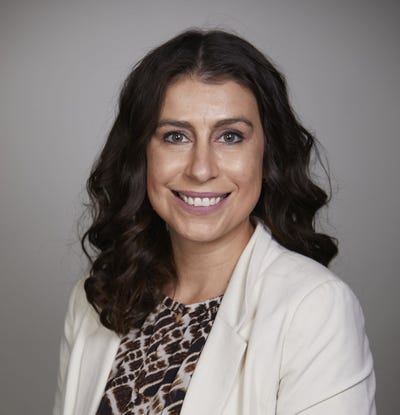Packaging takeaways
Consumers demand almost as much from the packages that hold their foods and supplements as they do from the products themselves.

Consumers demand almost as much from the packages that hold their foods and supplements as they do from the products themselves. Packages must clearly communicate product attributes, must not harm the environment and must stand out among the sea of competitors on store shelves or in online searches.
Sustainable packaging can sway a consumer toward a product, or put them off, which has encouraged brands to use innovative packaging that uses less material and/or uses material that can be recycled or is made from recycled components. One such innovation in this area is packaging that can be composted in backyard gardens. However, “clean packaging” doesn’t have a universal definition, so brands must listen to their consumers and respond to their demands.
Brands must use these sustainable packages, but not at the expense of the safety or the quality of the products. Air-tight and micro-perforated packaging can separate contaminants from products, and thus maintain contaminate-free and unoxidized products. Packages should also be free of chemicals that could leak into the foods, causing spoiling or unpleasant olfactory effects. Product transport also needs to be considered as many shipping routes require goods to be stored in heat or cold for several weeks.
A sustainable, safe package won’t do consumers good if they aren’t attracted to the messages or design, so marketers must also use this real estate to best position their products. Along with product attributes, brand story and legal requirements, brands can highlight the packaging components to help build trust and transparency with customers. Millennials especially want a social media-ready aesthetic, so beauty and an “unboxing” appeal will bring more consumer interest.
Product claims cannot expand beyond the bounds of what is legal. Supplement and food packages cannot make disease claims, and health claims require FDA approval. Structure/function claims don’t require government pre-approval, but brands must notify FDA 30 days after marketing the dietary supplement with the claim.
Legally, packages must also include a supplement facts panel or a nutrition facts panel (for foods) that lists the names and quantities of ingredients, and new fiber and sugar labeling requirements are set to take effect in 2020. Slack fill laws are another consideration because packages must truthfully represent the amount of goods in the container and not make products seem bigger—or more plentiful—than they are.
While packaging is not the main feature of a product on the market, it cannot be an afterthought given consumer demands and legal requirements.
For more, download the Navigating the Food and Beverage Co-Packing Landscape digital magazine.
About the Author(s)
You May Also Like






.png?width=800&auto=webp&quality=80&disable=upscale)